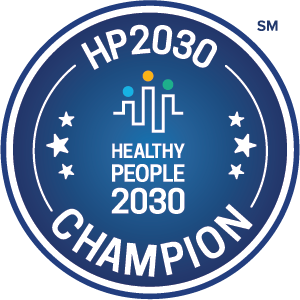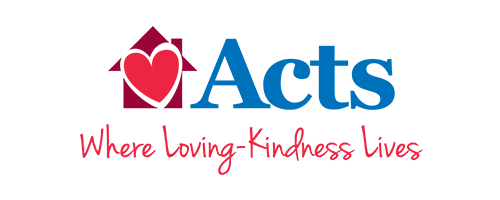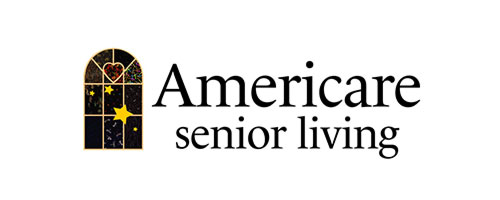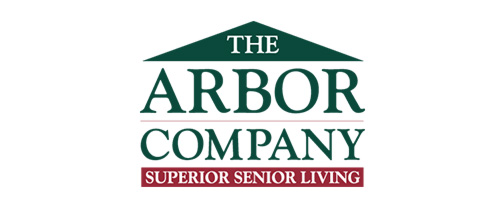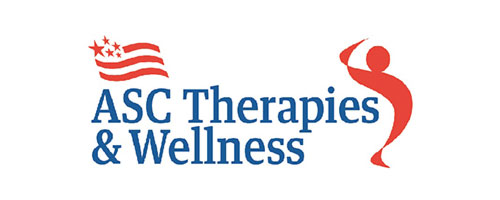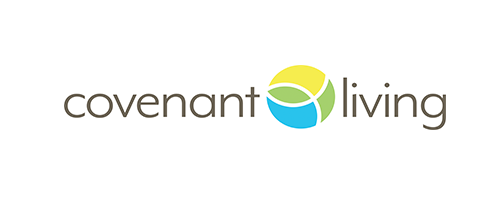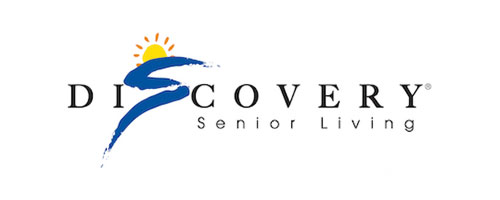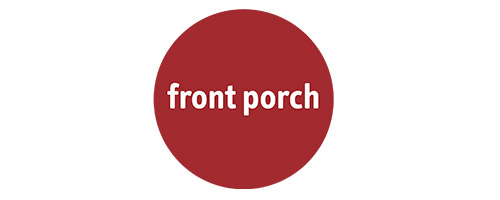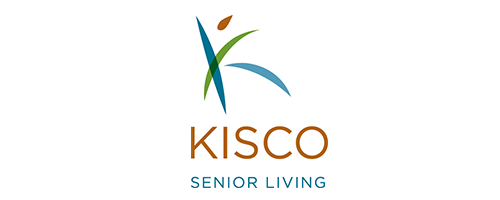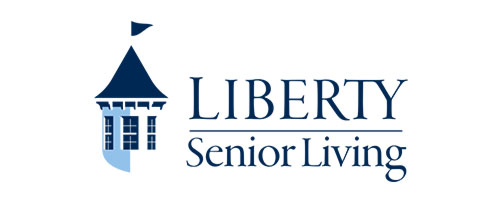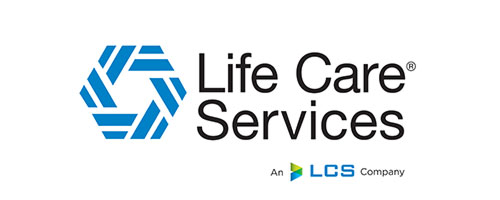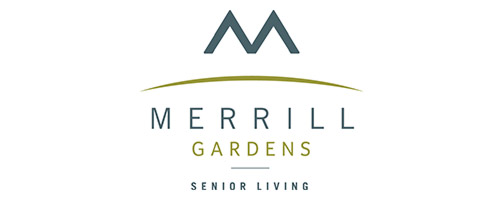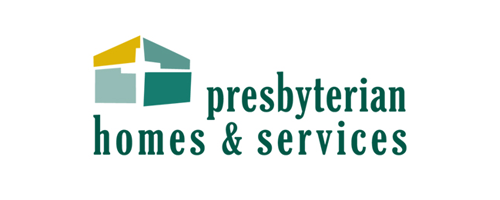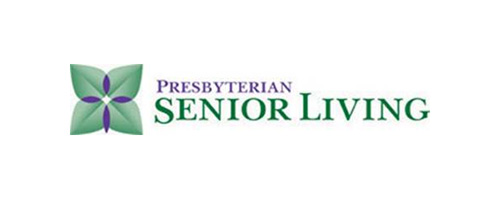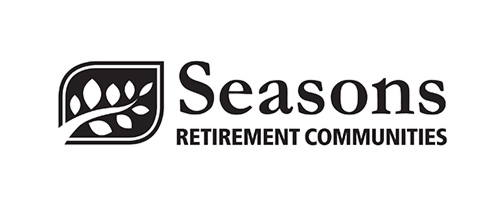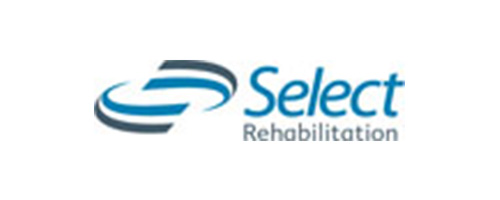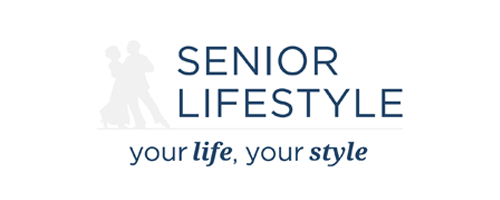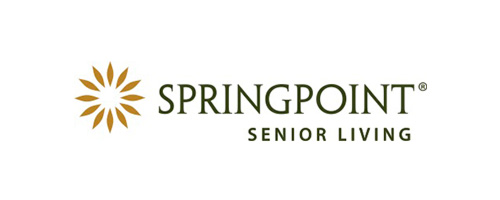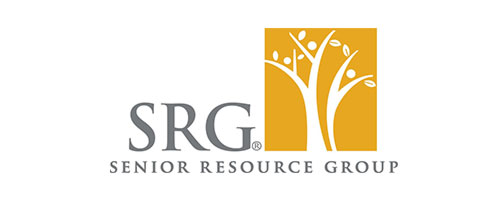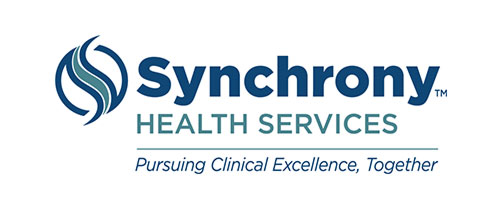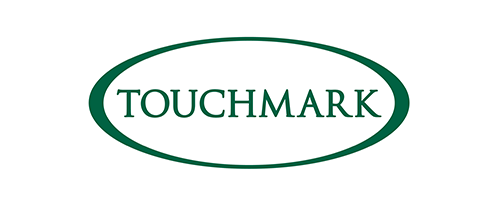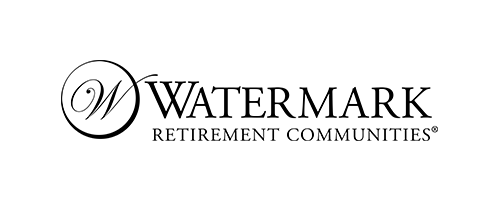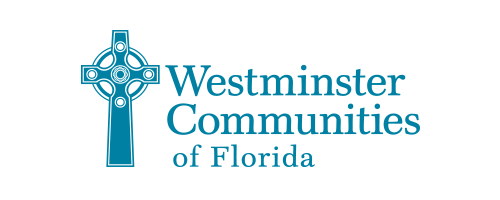Taming the elephant in the room
Now what? I’m sure many of us have spoken these two words frequently over the course of the pandemic, whether in response to the inconsistent messaging around COVID-19, mask use, physical distancing and sanitation practices, vaccine safety and effectiveness, or steps to close/open the economy. Knowledge has evolved along with the pandemic. Many times, though, uncertainty has left us with more questions than answers, giving rise to a wave of anxiety throughout the world. So, it should be no surprise that in organizations where employees have worked from home, we face a significant amount of “reentry anxiety” if we ask them to reenter the workplace.
Yet, more employees must leave the safety of their homes, and the routines they have created since the start of the pandemic, to go back into the workplace. How do we, as employers, now create a safe space for them mentally as well as physically?
Mental health is the elephant in the room. Even before the pandemic, the World Health Organization projected depression to become the second leading cause of premature death and disability by 2020. The global health agency also expects depression to top all other causes of lost productivity in the world’s most developed economies by 2030.
If we’re to move forward as organizations and as an industry, we need to tame the mental health elephant.
For advice, I turned to Kristin Tugman, PhD, CRC, LPC, the vice president of health and productivity analytics and consulting practice for Prudential Group Insurance. As Dr. Tugman’s team works with employers all over the United States, I asked her if she had any recommendations for employers on how to address mental health and create a workplace in which employees feel safe.
Tugman observed that, as employers, we all need to adjust to the new way of working [at home and/or on-site], the new way of building relationships, and the new way of managing relationships between coworkers and between managers and employees. She added, “It really comes down to, in my view, adjusting how we think about a psychologically healthy workplace.”
According to Tugman, the three key issues for employers to address are awareness, stigma and access to care—issues that, again, were already the focus prior to the pandemic. And she alluded to the American Psychological Association’s five pillars of psychologically healthy workplaces—employee involvement, work-life balance, employee growth and development, health and safety, and employee recognition. Yet, even here, adjustments will be needed, she added, due to what pandemic experiences have revealed. [Ed. To learn more about APA’s five categories for creating healthy and productive work environments, visit www.apa.org/applied-psychology/psychologically-healthy-workplaces-2019.pdf.]

To help support employers with making needed shifts, Tugman shared the following tips:
• Be aware of how employees are coping. Train managers to make sure they listen for cues when reaching out to employees, and they don’t jump to the conclusion that an issue, if there is one, is performance related. Also, show concern and ask nonjudgmental questions.
• Be clear with policies and practices to ensure employees not only feel safe, but also taken care of. People are anxiously awaiting “the next shoe to drop,” and they may feel they need to be protected.
• Use messaging that essentially says, “It’s okay not to be okay. It’s okay to struggle.”
• Realize that with even partially dispersed workforces and limited or no face-to-face interaction among employees, more coworker conflict is likely and can lead to employee mental health stress.
• Recognize it’s harder to judge productivity without experiencing a workplace firsthand, as myriad cues help in understanding the culture and assessing what is driving behavior.
To create psychologically healthy workplaces, as employers, we’re going to have to, well, adapt. That’s the bottom line.
No matter what’s next, if we tame—or at least temper—the elephant in the room by more effectively addressing mental health in our workplaces, we’ll be able to achieve greater success in managing our new normal. We’ll also lay claim to a better future for our organizations and our industry.
Author: Colin Milner, CEO, International Council on Active Aging®
Note: This information is not intended to replace a one-on-one relationship with a qualified healthcare professional and is not intended as medical advice. It is intended as a sharing of knowledge and information from research. The view expressed here are not necessarily those of the ICAA, we encourage you to make your own health and business decisions based upon your research and in partnership with a qualified professional.
Share


